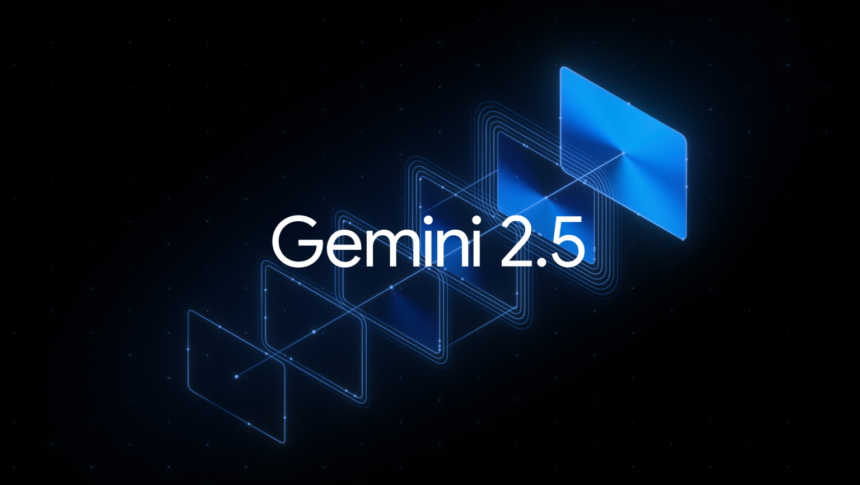Google is pushing the boundaries of AI efficiency with the introduction of its latest model, Gemini 2.5 Flash. Built for speed, scalability, and cost-effectiveness, this streamlined AI solution is designed to meet the demands of high-volume, real-time use cases—without compromising on essential reasoning capabilities.
A Smarter, More Flexible AI Model
Gemini 2.5 Flash is set to launch soon on Vertex AI, Google’s platform for developing and deploying machine learning models. What sets this model apart is its focus on “dynamic and controllable” computing—a feature that allows developers to finely tune the balance between processing speed, accuracy, and operational cost based on the complexity of the task at hand.
This means users can adapt the model’s performance characteristics depending on their specific requirements—whether it’s faster response times, lower computational expenses, or more in-depth reasoning. This kind of flexibility is especially crucial for businesses and developers working in environments where both cost-efficiency and responsiveness are non-negotiable.
Ideal for High-Volume and Real-Time Use Cases
While AI powerhouses continue to dominate headlines, their growing cost has made them less accessible for many applications. Gemini 2.5 Flash fills this gap by offering an affordable alternative that maintains competitive performance—especially in areas where ultra-high precision is less critical than speed and throughput.
According to Google, the model is perfectly suited for real-time tasks such as:
- Customer support automation
- Document summarization
- Virtual assistants
- Live data parsing
Thanks to its low-latency design, Gemini 2.5 Flash excels in scenarios that require rapid interaction and high throughput. Google describes it as a “workhorse” model—optimized for situations where efficiency at scale is essential.
Reasoning with Efficiency
Despite its lightweight framework, Gemini 2.5 Flash is a reasoning model, similar to others in the market like OpenAI’s o3-mini and DeepSeek’s R1. These models trade a bit of speed for enhanced self-verification, enabling them to fact-check responses before delivering an output. This makes 2.5 Flash a reliable option for enterprises that need trustworthy responses in real time, without the computational burden of a full-scale LLM.
No Technical Report—Yet
In a somewhat cautious move, Google has opted not to release a technical or safety report for Gemini 2.5 Flash. This decision aligns with its policy of withholding such documents for experimental models. While it may leave some questions unanswered about the model’s specific capabilities and limitations, it underscores that this release is still in its exploratory phase—though clearly engineered with practical, production-ready use in mind.
Coming Soon to On-Premise Environments
In a significant expansion of its AI ecosystem, Google has also announced plans to bring Gemini models—including 2.5 Flash—to on-premises infrastructure. Starting in Q3, businesses with strict data governance policies will be able to deploy Gemini models on Google Distributed Cloud (GDC).
In collaboration with Nvidia, Google aims to support the deployment of these models on GDC-compliant Nvidia Blackwell systems. These can be sourced either through Google or authorized third-party providers, giving organizations the flexibility to implement AI solutions while maintaining full control over their data and infrastructure.
Final Thoughts
Gemini 2.5 Flash is more than just a scaled-down version of a flagship model—it’s a strategic answer to the growing demand for efficient, real-time AI solutions. By offering customizable performance parameters and targeting practical, high-impact applications, Google is positioning Gemini 2.5 Flash as a key tool for developers and enterprises looking to deploy intelligent systems that are fast, scalable, and cost-effective.
Whether you’re building a customer service chatbot, a document processing pipeline, or a real-time summarization engine, Gemini 2.5 Flash promises to deliver the power of reasoning AI—without breaking the bank.










